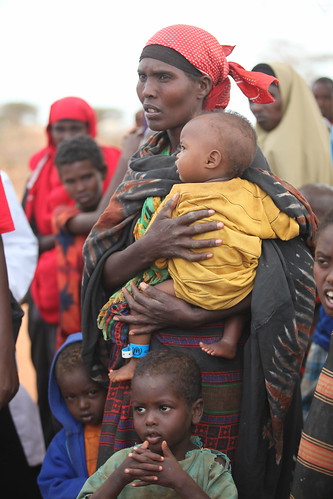The HealthMap Blog is moving up in the world! HealthMap has always worked to provide you with the infectious disease outbreak news you need to know along with the geographic and timeline context for you to understand it. In January 2009, we started this blog to provide broader information on outbreaks occurring worldwide. Today we are excited to start The Disease Daily and HealthMap Local.
At The Disease Daily, we're expanding the coverage you've come to expect at the HealthMap blog. We'll still provide you with the context you need to understand current outbreaks: "Does the report of a new tattoo infection mean there's a scary new disease?,” "Why is there an anthrax outbreak in China?," or "What's going on in the Somali refugee camps?"
In the upcoming weeks, we'll be greatly expanding our reporting beyond what you've seen here: more updates, deeper explanations of outbreaks, and even more extensive coverage. We've created a news section called Outbreaks 101 where we plan to breakdown basic but important questions like "How do you eradicate a disease forever?" or "Why do people need to be vaccinated for measles in a 'measles-free' country?" Have a question you want us to answer? E-mail us at DiseaseDaily@gmail.com and we'll put in on the list for future columns.
While you're checking out The Daily Disease on the new website, don't forget to click over to HealthMap Local to see what illnesses have been reported in your area. With HealthMap Local, you can set your location and see what's happening near you, just like checking your local weather forecast online.












